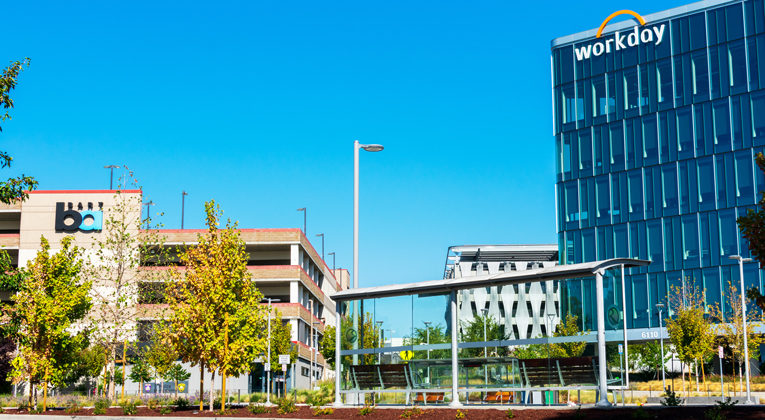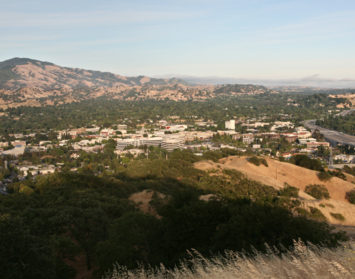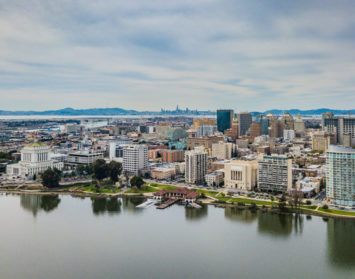By Kevin Beaumonte
The Tri-Valley has recently made news headlines across the Bay Area emphasizing its business advantages. Over the past decade, many companies have overlooked the region for the likes of Silicon Valley, San Francisco or Oakland, but may now be realizing that the Tri-Valley presents a unique mix of top-tier office and R&D buildings, a highly talented workforce, and a quality of life difficult to find in most areas. Work/life balance has a different meaning for everyone, but what has attracted many of the executives who live and work in the Tri-Valley today is a sprawling area with endless outdoor activities, high-end dining and wineries, relatively affordable housing on decently sized parcels, and a best in class public school system. As a business executive, if the Tri-Valley is not on your radar, it should be.
There was an article recently published by San Francisco Business Times, in which I was asked to provide my thoughts on the Tri-Valley’s future. I was asked my opinion on decentralized workforces, employee bases avoiding public transportation and why mid-rise buildings are now more desirable than high-rise buildings. While there is certainly an appeal to discussing the trends that COVID-19 has either created or accelerated, and why the Tri-Valley stands out now more than ever from an amenity standpoint, I also wanted to dive deeper into a more critical and timely topic–the economic benefits businesses can capitalize on.
San Francisco-based companies are usually shocked when they see the sticker price of commercial real estate in the Tri-Valley. The average lease rate for office space in San Francisco (Pre-COVID) is $6.32/SF, compared to $2.80/SF in the Tri-Valley. This is a significant cost savings and may be tempting to sign a lease with little concession, but what some do not realize is the extremely strong negotiating power they have beyond these publicized asking rents. While other parts of the Bay Area have experienced robust tenant demand this past decade, resulting in exceptionally low vacancy rates, the Tri-Valley has consistently had great quantities of commercial space available. This is partially due to a large inventory of commercial buildings considering the size of the population and workforce; perhaps its slightly overbuilt for now. Also, while the region currently hosts some extremely exciting companies who have grown tremendously, or are poised for growth, it hasn’t had the deal velocity needed to create a ‘tight’ market. My take–it is a diverse market with available options in any building type you are looking for, and it poses a great opportunity for all new and existing tenants to negotiate favorable lease terms.
The current vacancy rate for office and R&D space in the Tri-Valley is 17.1%, which means there is over 5 million square feet of space available right now. The lowest vacancy this past decade was in 2016 when it fell to 11.2%, or 3.35 million square feet available (for context, Oakland’s lowest vacancy in 2016 was 6.5%, or 1.4 million square feet available). Vacancy in the Tri-Valley has increased by 49.3% since 2016, and during the same time rents have grown by 26%. Logically, rents and vacancy shouldn’t increase at the same time, but most buildings have benefited from increasing rents across other parts of the Bay Area–a rising tide lifts all boats. However, if you look under the surface, many landlords have struggled to keep their buildings occupied, even before COVID. To add onto this, sublease availability is disproportionately high, equating to 27% of all available space. Subleases constantly put pressure on direct lease rates since they are almost always discounted and often furnished. This will be especially prevalent in the next 12 months as companies continue to seek cost-effective space with low office startup costs.
The Tri-Valley is such a unique innovation hub with enormous potential. Those who are actively pursuing commercial real estate here can often put themselves in an advantageous position when negotiating, so long as they are educated and informed of what is happening in the market. That is what our team at Hughes Marino is doing, providing financial transparency in commercial real estate transactions. Whether you are leasing or purchasing a building, negotiating a tenant improvement allowance, or reviewing operating expense statements–we have the resources to make sure you are protected in all aspects of your real estate decision making.
Kevin Beaumonte is a vice president at Hughes Marino, a global corporate real estate advisory firm that exclusively represents tenants and buyers. Contact Kevin at 1-844-662-6635 or kevin.beaumonte@hughesmarino.com to learn more.










